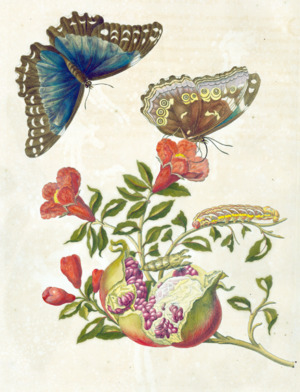Lloyd Library and Museum facts for kids
The Lloyd Library and Museum is a special library in Cincinnati, Ohio. It's a place where people can study and learn. The library focuses on plants used for medicine. It also covers topics like how plants grow (botany) and how medicines are made (pharmacy). You can also find information on the history of science and medicine here.
Contents
What You Can Find at the Lloyd Library
The Lloyd Library has a huge collection of materials. These materials are all about plants, fungi (mycology), and how medicines are made. They also cover natural history and gardening. You can learn about the history of medicine and science too.
Exploring the Collections
The library's collections include many different things. There are books, magazines, and old records. Some books date back to 1493! The archives hold the work of famous plant scientists and pharmacists. You can also find personal collections from people like John Uri Lloyd. He was one of the founders.
Beyond Books: Unique Items
Besides books, the Lloyd Library has other cool items. They collect old photographs and slides. There are also old tools and objects used in medicine and pharmacy. You can even see interesting artworks related to plants and science.
Amazing Old Books at the Library
The Lloyd Library is home to many rare and valuable books. These books are very old and important for science. Here are some examples:
- The first edition of On the Origin of Species by Charles Darwin. This book changed how we think about life on Earth.
- Flora Graeca by John Sibthorp. This book has amazing drawings of plants from Greece.
- The Natural History of Carolina, Florida, and the Bahama Islands by Mark Catesby. It shows animals and plants from early America.
- Metamorphosis Insectorum Surinamensium by Maria Sibylla Merian. This book has beautiful pictures of insects and plants.
- Orchidaceae of Mexico and Guatemala by James Bateman. It's full of stunning orchid illustrations.
- A special copy of Omnium Stripium Sciagraphia et Icones. This herbal book belonged to Jean-Jacques Rousseau.
- A Curious Herbal and Herbarium Blackwellianum Emendatum et Auctum by Elizabeth Blackwell. These books show plants used in medicine.
- Les Liliacees by Pierre-Joseph Redouté. This book features incredible paintings of lilies.




